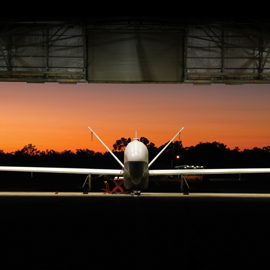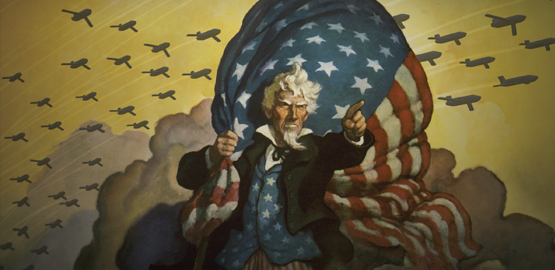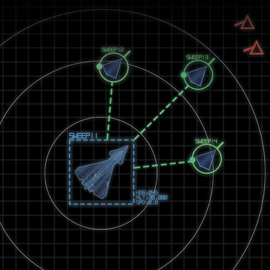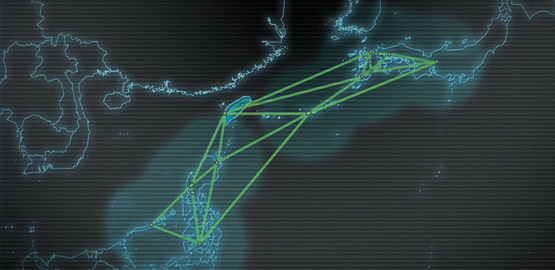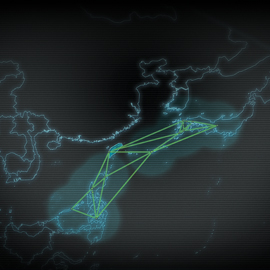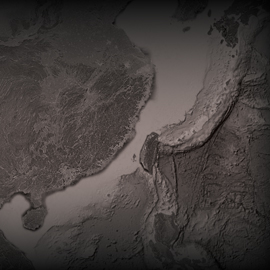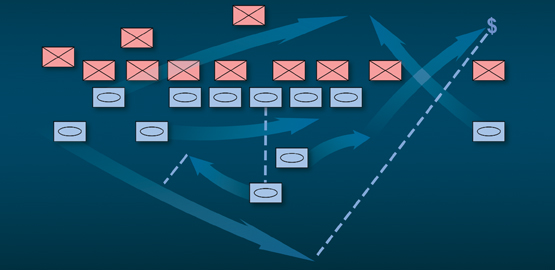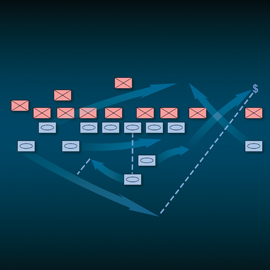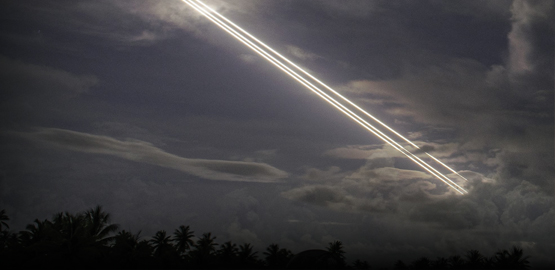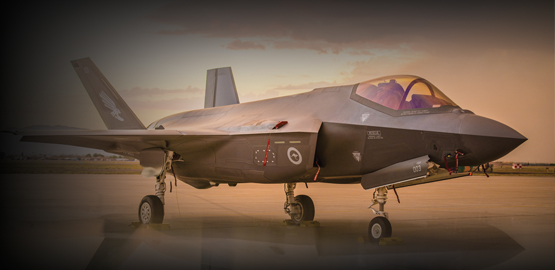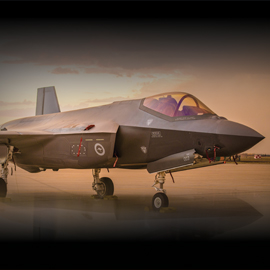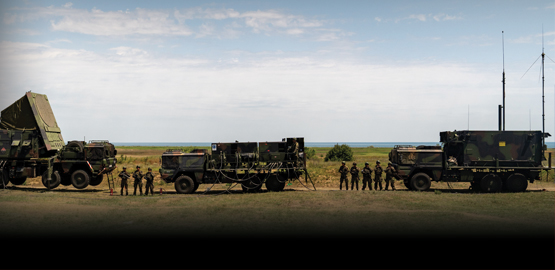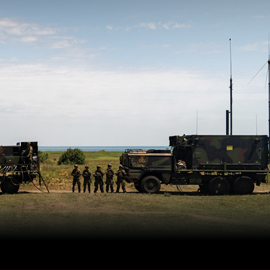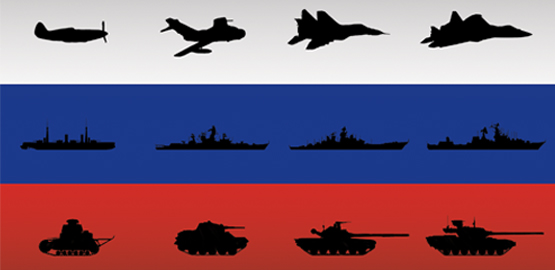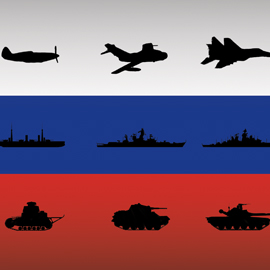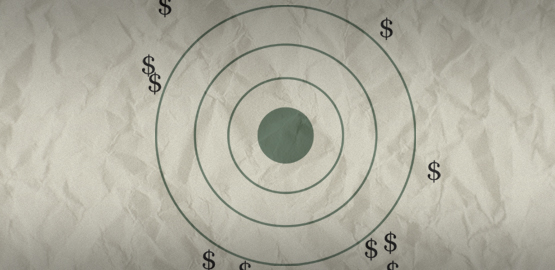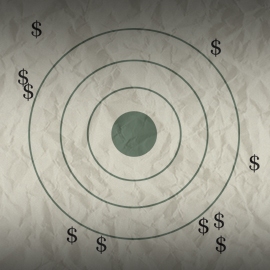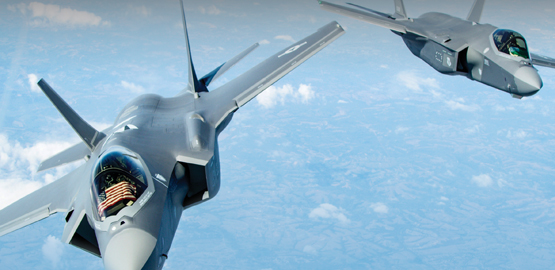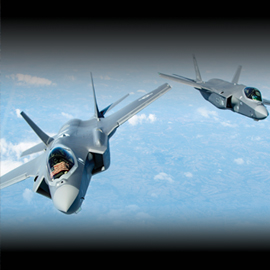Publications
"Nobody does defense policy better than CSBA. Their work on strategic and budgetary topics manages to combine first-rate quality and in-depth research with timeliness and accessibility—which is why so many professionals consider their products indispensable." – Gideon Rose, Editor of Foreign Affairs, 2010-2021
The Project on National Security Reform: Challenges and Requirements
As we begin a new administration, we are sobered by the security challenges that have emerged in recent years: the attacks of 9/11; the deployment of U.S. troops to Iraq and Afghanistan; the erosion of barriers to nuclear proliferation; and the rapid rise of China and resurgence of Russia. Not surprisingly, there is considerable interest in what organizational changes the new administration might make in order to better meet these challenges. However, before undertaking such an enterprise, the new administration would be wise to craft a sound national security strategy to guide and inform any executive branch reorganization. Anything less would be putting the cart before the horse.
The Challenges to U.S. National Security
The United States is currently in a situation comparable to the one it confronted in the early days of the Cold War, when US civilian and military leaders were faced with a new and daunting challenge in the form of the Soviet Union. To address this challenge, a long-term national strategy to preserve American security was developed. In the aftermath of the Soviet Union’s collapse, the United States entered a period of relative calm — a “unipolar moment” in which its power was unrivaled and emerging threats to its security had not yet fully formed. Unfortunately, that period has been succeeded by a more dangerous era, as the United States now confronts several formidable challenges that may grow even more threatening in the years to come. The purpose of this report is to provide an overview of the three existing and emerging strategic challenges that are most likely to preoccupy senior decision-makers in the coming years:
Dissuasion Strategy
In the 2001 Quadrennial Defense Review (QDR), Secretary of Defense Donald Rumsfeld introduced the concept of dissuasion, citing it as one of the “four key goals that will guide the development of US forces and capabilities, their deployment and use.” This view was subsequently confirmed in both The National Defense Strategy of the United States, published in 2005, and the 2006 QDR. Yet despite its apparent prominence in US defense planning, there is significant uncertainty and even confusion regarding a number of key issues: What exactly is dissuasion, and how does it differ from deterrence? How can the United States operationalize dissuasion; that is, what types of instruments can be used to dissuade both opponents and allies alike? Finally, what are the main impediments to a successful dissuasion strategy, and how can they be overcome? This report addresses each of these issues.
A Cooperative Strategy for the 21st Century Seapower: An Assessment
Since the end of the Cold War, the US Navy, US Marine Corps, and US Coast Guard have been in search of a new maritime strategy—a new naval Holy Grail. The first grail, revealed in 1890 in the form of Alfred Thayer Mahan’s The Influence of Seapower on History, guided the Sea Services through the end of the Second World War. Mahan’s views on sea control and his emphasis on a concentrated battle fleet were genetically encoded into generations of officers during two decades of wargaming at the Naval War College between the two world wars. Soon after World War II, however, the grail was lost during a turbulent period when America faced no real maritime challenger.
The Global War on Terrorism: An Assessment
Since September 2001, the United States and partner nations in the global war on terrorism have accomplished a great deal: eliminating the state-sponsored al Qaeda sanctuary in Afghanistan, capturing or killing scores of senior leaders and thousands of rank-and-file operatives in the jihadi movement, rolling up terrorist cells around the world, cutting off many of the funding pathways relied upon by terrorist groups, and disrupting dozens of plots. That being said, both the Salafi-Jihadi and Khomeinist branches of violent Islamic radicalism continue to make progress along their major lines of operation discussed in Chapters II and III in pursuit of their strategic objectives. The United States does not appear to have weakened the jihadis’ will or their ability to inspire and regenerate.
A New Global Defense Posture For the Second Transoceanic Era
If national strategy defines US intent in its approach toward global affairs and provides focus for American foreign policy, then the US global defense (military) posture reflects the US capability to project military power beyond its borders and across transoceanic ranges in support of US national security policy objectives. The United States thus adopts and maintains a global military posture as an indispensable means of securing its national interests.

